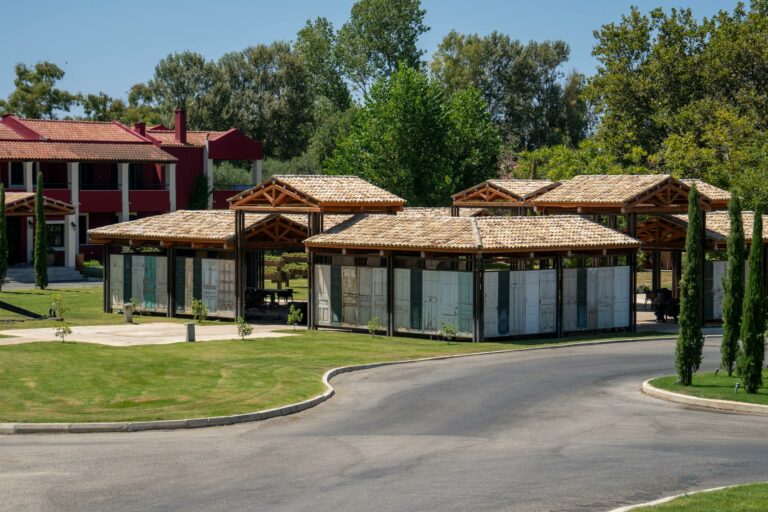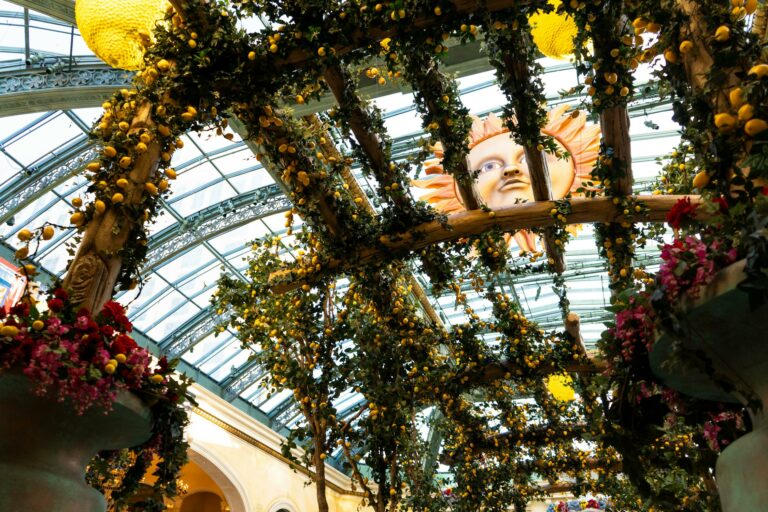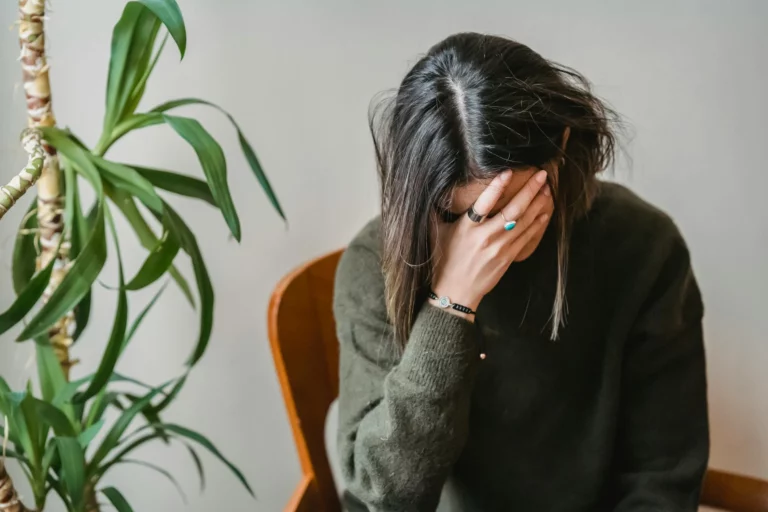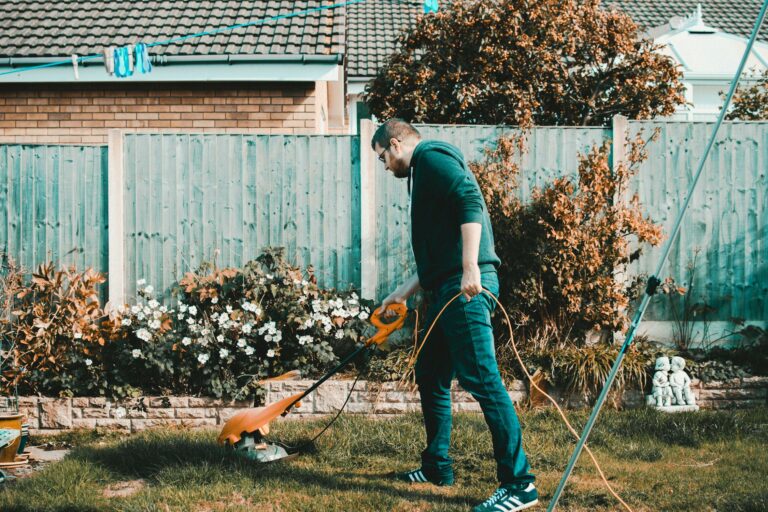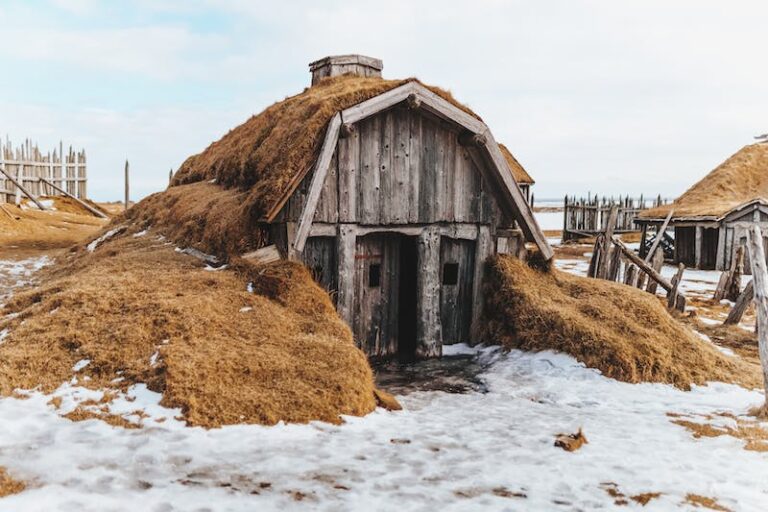Yes, ladies and gentlemen, it seems that winter is almost at an end. For all those is places like Stouffville, they will soon start to see a return to sunny days and longer nights, the blistering cold wind will be replaced by the warm breeze, and the indoor nature of our collective lives will soon be replaced by a life filled with outdoor activities, including gardening.
However, for the time being it is still that most dreaded of seasons, the awful wintertime. It is a time that is so dreaded, especially by gardeners, homeowners and landscapers, because of its association with death. Plants die, trees lose their leaves, grass becomes almost unfindable beneath a blanket of white snow. So what is a gardener to do when their precious garden is killed off by the winter? How are they supposed to satisfy that need to grow and let plants thrive? Two words: indoor gardening.
Indoor gardening can be a scary prospect for gardeners, homeowners and landscapers. It is a bit of a financial investment, not only that but it’s one that may take up a lot of space in ones household. Not just space either, but time as well. However, the most committed gardener, landscaper or homeowner will find that it is an excellent way to keep up their hobby into the colder months.
This is our third instalment about the world of indoor gardening, so if one hasn’t checked out the other two, they should do so. However, if they had, they should proceed. It is also worth mentioning that this will unfortunately be our final instalment of this series. We hear the saddened masses cry out “why” about this, and the truth is we‘ll have covered every aspect of indoor gardening by the end of this article. It’s sad yes, but it’s true.

What The Plants Should Be Grown In
The soil, right? One would think that they could just go out to their existing garden, take some soil, plop it into their pots and start growing. That would be the most logical answer, but it isn’t the right one.
In fact, soil from the outside may be detrimental to the plants one wants to grow on the inside. The soil from the outside tends to be on the heavier side (which isn’t good for indoor gardening). Also, that same outdoor soil tends to be filled with either weeds or pests. Obviously gardeners don’t want to do weeding or pest removal when they are supposed to be enjoying the winter version of their hobby, so it looks like outdoor soil is out.
What indoor gardening enthusiasts tend to do is look for soil that is specific to indoor gardening. These can usually be found at most gardening stores, but can also be ordered online should someone look for it. One can also create their own organic soil mix, but it takes a bit of knowledge on the subject. This knowledge, of course, can also be found online.
One can also consider using hydroponics when doing indoor gardening. To make a long story short, hydroponics are essentially just gardening without soil. Instead of gaining nutrients from soil, hydroponics just gives the plants soil directly. When using hydroponics, plants tend to grow faster and bigger, they also tend not to become as diseased as plants that grow in the soil.
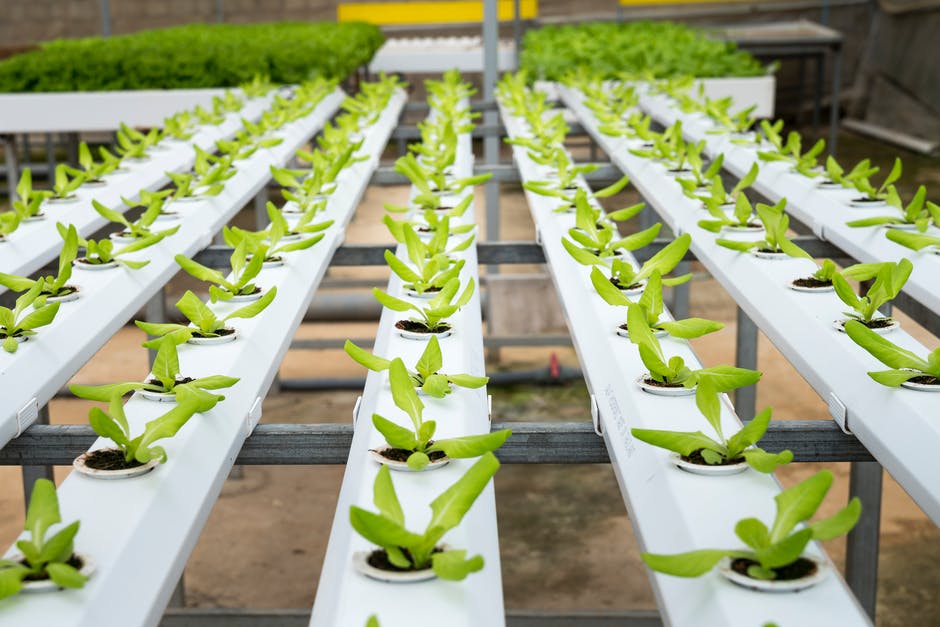
Sounds foolproof, right? Why would someone NOT want to grow with hydroponics? Well, the setups tend to be a little more expensive than just a typical setup one can have in their home. So it’s really up to the gardener- do they want bigger, less susceptible to disease plants at the risk of a higher cost?
Watering
Watering, one may think, should be fairly easy. Just add water and the plant will grow, many would probably think. However, it’s a bit more complicated than that, but not that much more.
For starters, plants that are grown indoors are going to most likely need a lot more water than their outdoor counterparts. This is because the plants that are grown indoors tend to dry up a lot quicker than those that are grown outdoors. A finger can be used to check the moisture level of one’s indoors plants. Should the soil be dry, it’s probably time to water them. However, should someone poke their finger into the plants soil and find that the soil is moist, then it probably isn’t time to water the plants. In fact, one may even be over watering those plants if the soil is still wet a while after they have been watered.
So what kind of water should be used? Do indoor plants, like the soil they are grown in, need some sort of special water in order to thrive? Not really, no. Room temperature water should be fine, and the indoor gardener should continue watering until water falls through the drain holes of their pots. It should be noted, however, that the indoor gardener should not let water collect underneath their plants, as it could lead to rot or even diseases.
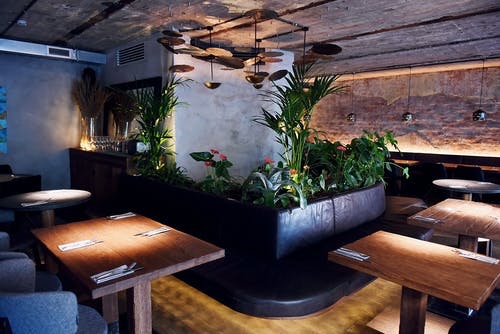
And so, this article about indoor gardening has come to an end. So what have we learned today? Well, we learned that indoor gardening requires a special kind of soil in order for the plants one is gardening indoors to thrive. We also learned briefly about hydroponics and the pros and cons of that indoor gardening system. Finally, we learned a lot about the watering of the plants that are used for indoor gardening, and the special considerations indoor gardeners need to make in order to water their plants properly.
Remember ladies and gentlemen, the winter does not need to be an end. Sure, it’s an end to hot weather. Sure, it’s an end to spending a decent amount of time outdoors. One could say it’s also an end to the greenery that surrounds and inhabits the outdoors for at least two out of four seasons. However, it does not have to be an end to gardening. In fact, one might say that it can be a beginning of something new.
